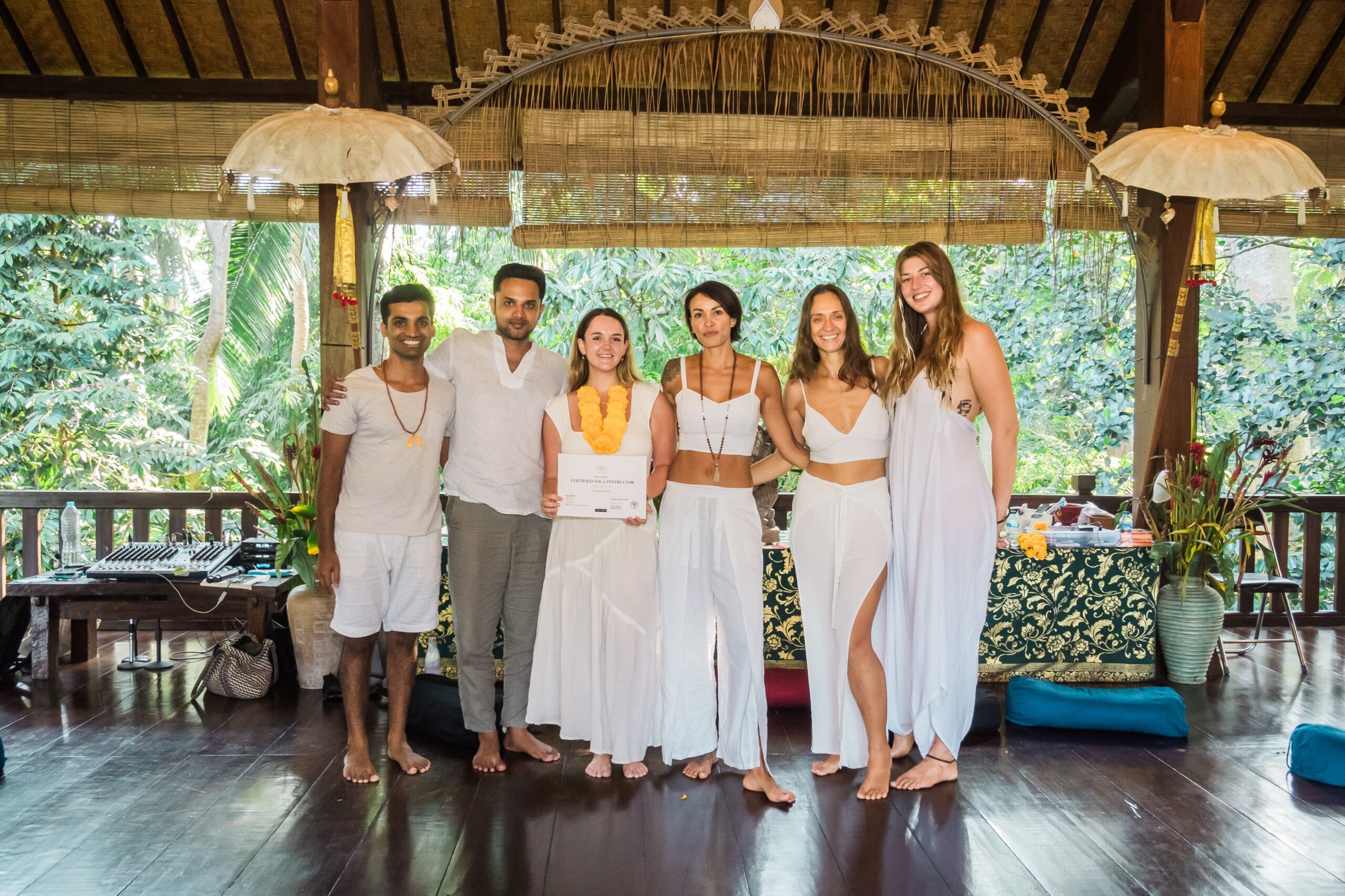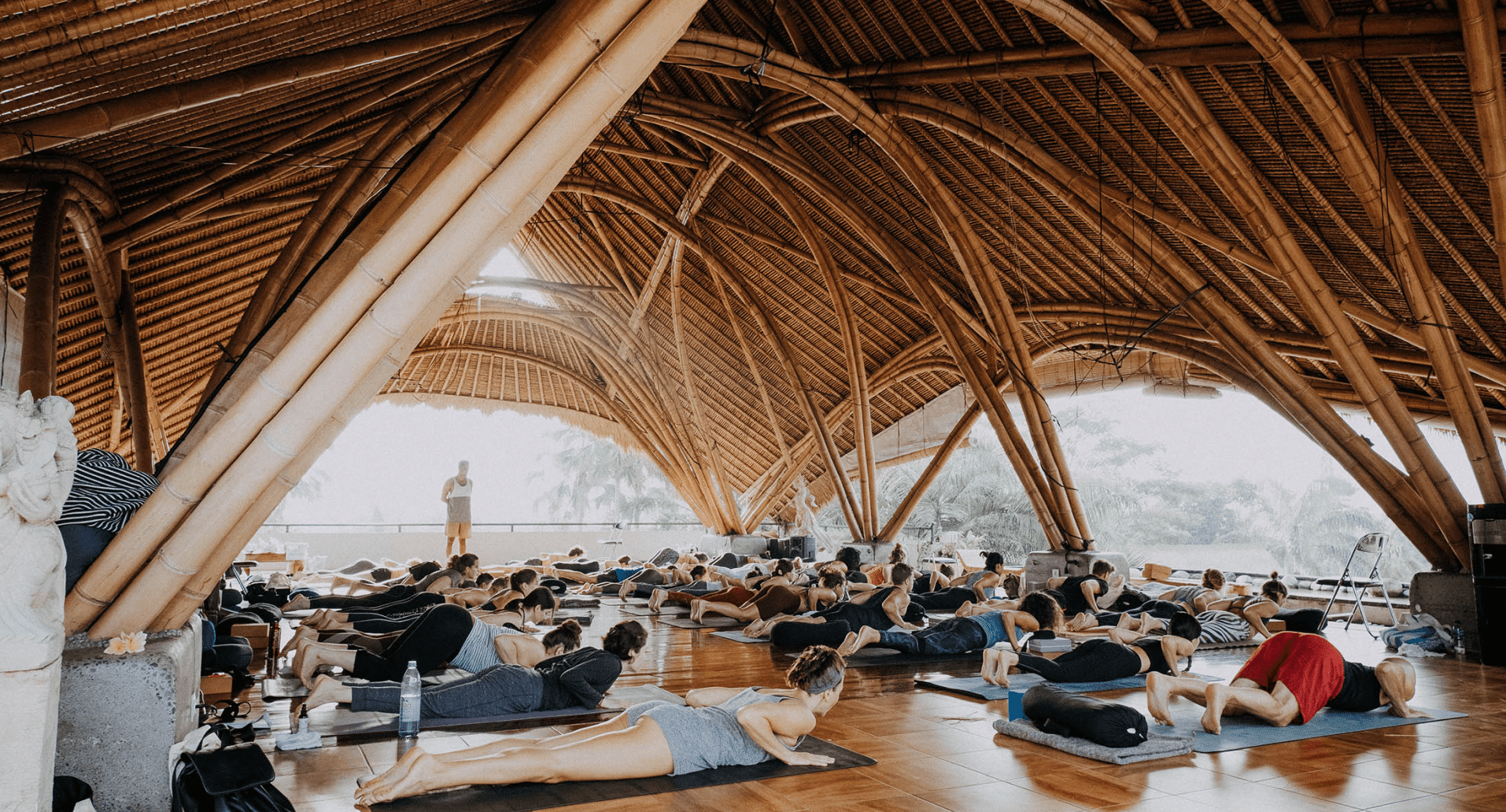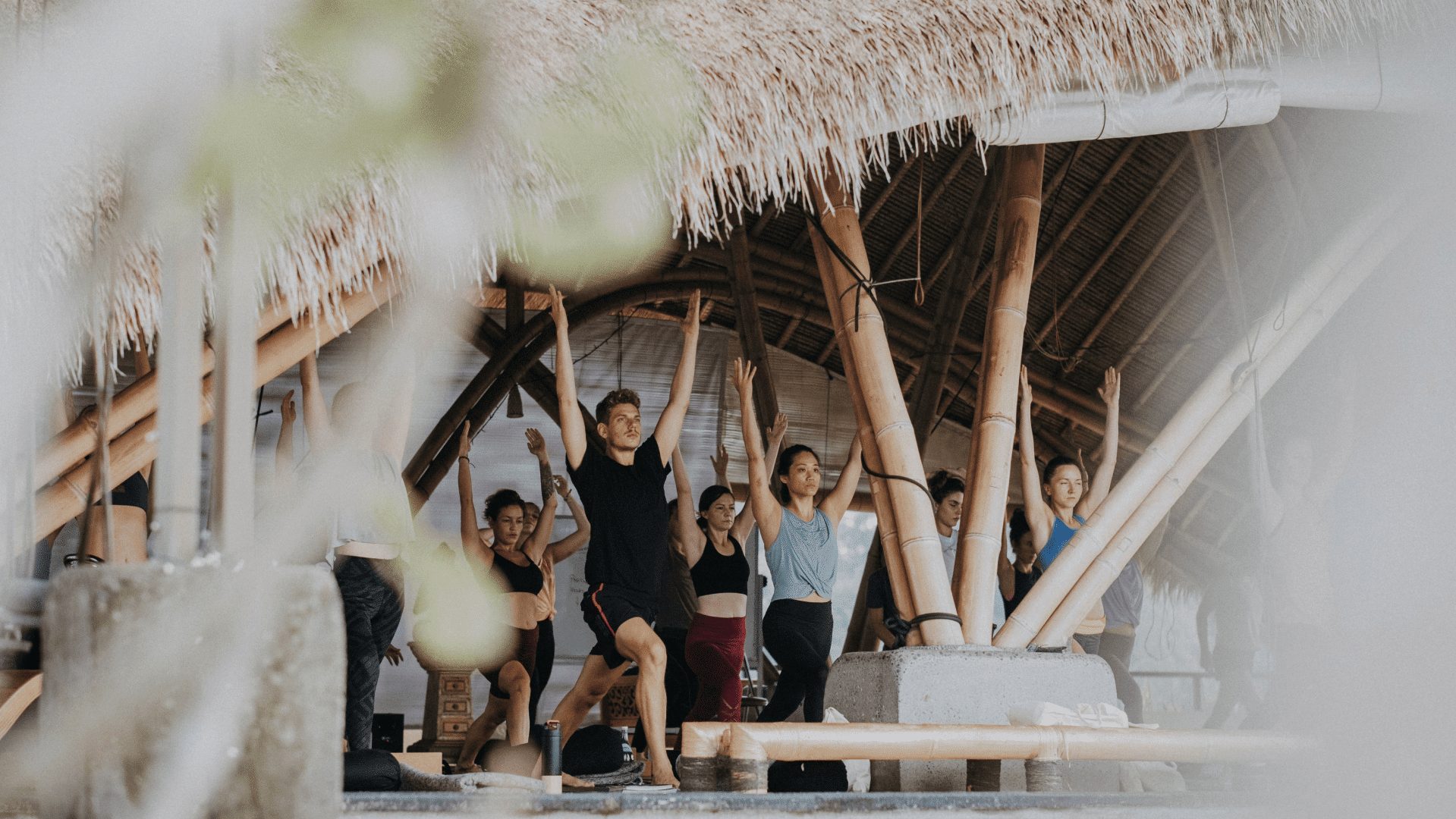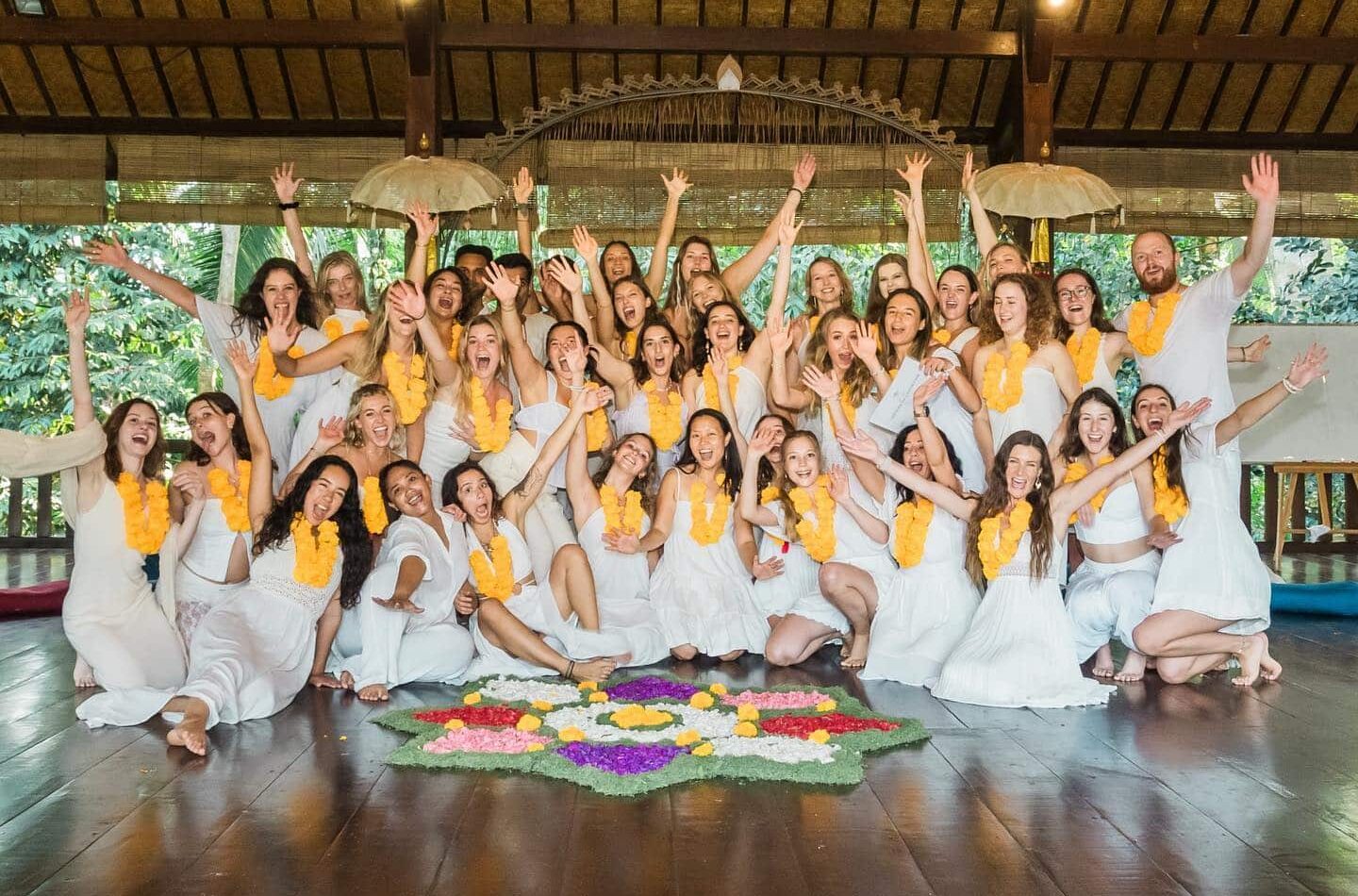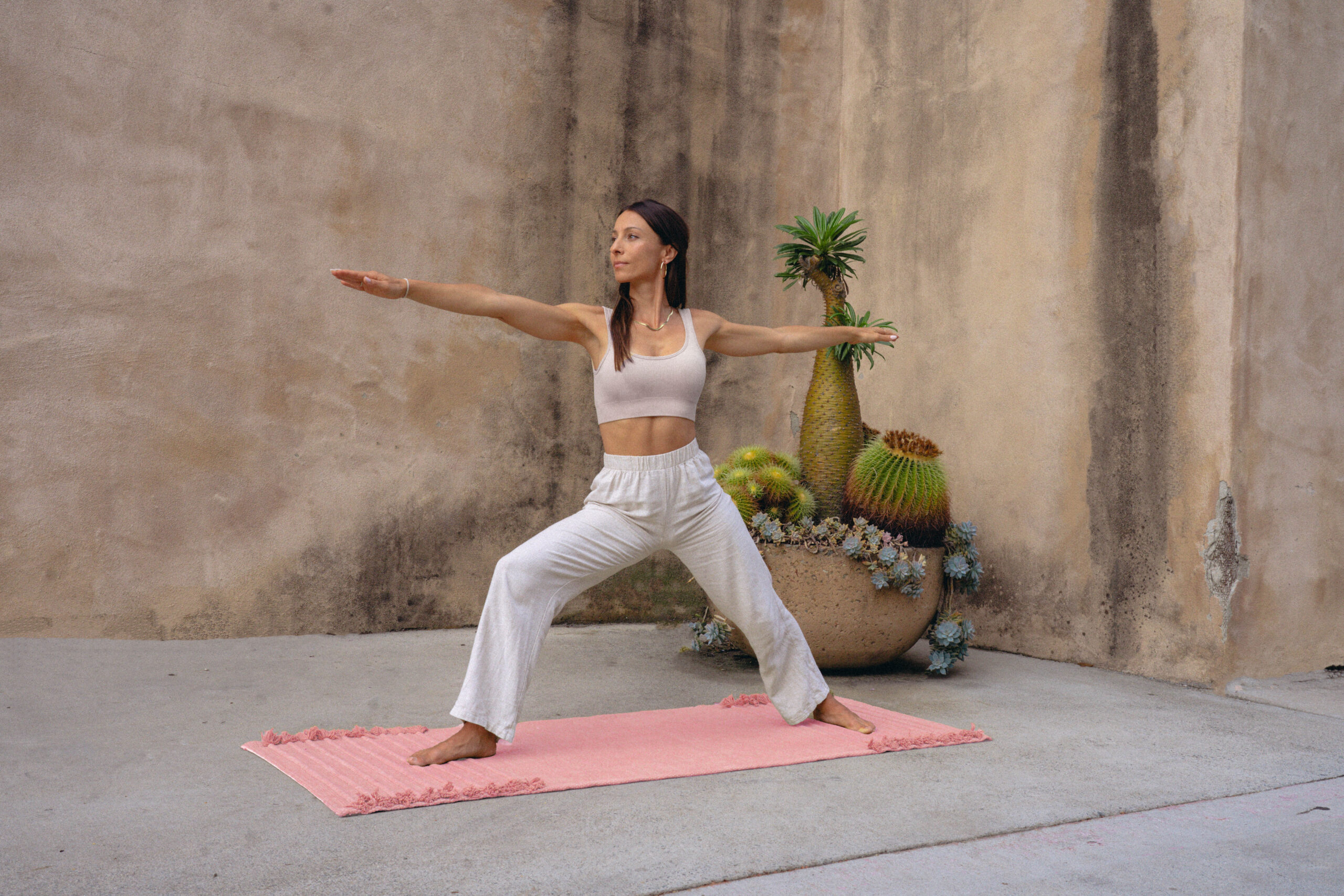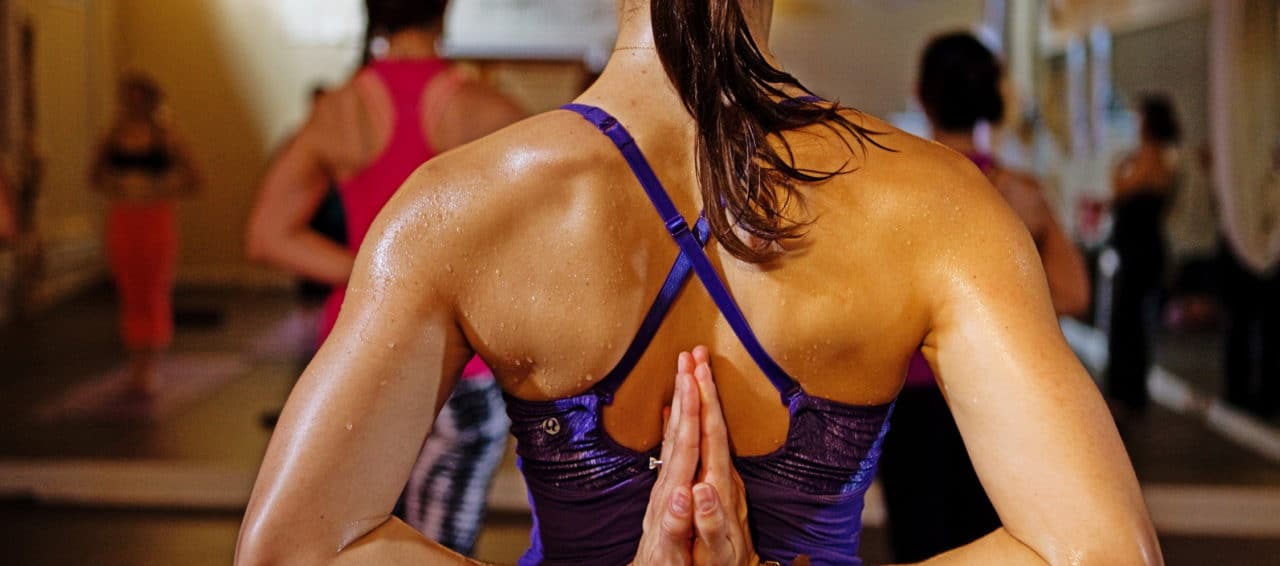
By: Certified Yoga Teacher Adam Carney
I’m going to try to share why you should consider choosing away from doing a hot yoga teacher training. I should preface this by saying there are those who will strongly disagree with me. Stick with me, as this is an important decision and you should at least put all the cards on the table.
Already you may have an intuition inside you that hot yoga and Bikram yoga is not an “authentic” form of yoga, meaning it is not a part of the ancient system invented in India. This doesn’t make it bad or wrong, it’s just important to educate yourself before you get into it.
Hot yoga was first invented by Bikram Choudhury in the 1970’s when he realized his students in Japan would often take sauna breaks at lunch. It spread quickly as it gave students the sensation of a great workout while also feeling relaxed.
If your life has been deeply influenced by yoga, and are looking to go deeper into your practice or explore it as a career, there are many reasons why I would strongly urge you away from hot yoga teacher training. Almost any way you look at it — career advancement, spiritual deepening, experience, or cost — hot yoga teacher trainings don’t really add up.
As a teacher and student of over 10 years, I find myself craving a week or two of hot yoga every year to sweat out toxins and refresh my body. I think of it as a therapeutic practice to do in small doses, every now and then.
Yes, I myself practice hot yoga, but I would never consider doing a hot yoga teacher training. Here’s why:
1. Hot yoga studios don’t hire teachers who trained in hot yoga
None of the hot yoga teachers I know did a hot yoga teacher training. Think about that for a second.
All the best teachers I know who consistently get hired at top studios, including hot yoga studios, study with amazing instructors, or somewhere close to the source of yoga in India. If you look at a list of the most influential teachers in the US, almost all of them have trained in India, or by a very very experienced western teacher who themselves trained in India. This is not a coincidence. Many teachers have a sense of “missing out” later in their career as they get deeper into the practice and realize they studied in a very commercialized environment. Training with a native teacher teaching authentic Hatha yoga will give you more confidence in your knowledge that you’ll carry with you throughout your career.
Hot yoga studios make a LOT, perhaps most of their money from teacher trainings. It’s natural for them to imply that they only hire students from their trainings, but I don’t observe that this is the case. I find it much more often that studios hire popular and well-trained teachers no-matter where they’ve trained.
Studios telling students they only hire teachers from their trainings is a great selling point for their expensive training. I haven’t found this to be the case. Studios hire experienced teachers who have real yoga experience.
2. You won’t get the same deep, meditative experience
Yoga is a life-system, not just a physical practice. Western studios, particularly the modern hot studios, tend to contextualize yoga as a physical practice only. Yoga’s true, deeper benefits can truly transform your life to make you happier and more at ease. I find the hot yoga studios miss this altogether and teach instead from what is most marketable. Early in your career, this may feel alright, but as you grow and deepen, you’ll naturally feel more called to explore the other aspects of yoga.
In your career, the most important thing is for you to stay inspired. The ancient yoga system is DEEPLY inspiring and life-changing, and you risk missing out on this by studying a watered-down version.
3. Hot yoga for extended periods of time can damage and overextend your ligaments.
Ok, let`s get scientific here. Everyone knows the thrill of being able to perform more advanced poses and just generally feeling more flexible at hot yoga classes. Do you ever wonder why is that? The reason is that tendons and ligaments (the tissues that connect bones to other bones and to muscles) are very elastic tissues and like every matter, they stretch out more in heat. This can be dangerous in the long term for two main reasons.
One is that tendons and ligaments are the non-contractile parts of muscles, therefore they aren`t meant to stretch at all. The second reason is that they have very little blood supply, which means that once injured or overused, the recovery takes a very long time (or doesn`t happen at all in serious cases)! When we`re performing asanas that will improve our flexibility, we are supposed to stretch our muscle fibers only!
The same ones we`re strengthening in other asanas. Ok, too much of biology, let`s hop onto physics now. Do you remember physics teachers at school talking about the endurance of matter? Me neither. A little reminder: the strongest matter is the one that`s equally flexible and strong. What happens if something`s “too strong” and not flexible at all? Just think of a branch of a tree that you pick up on the side of the road.
It`s easy to break it in half because it lost flexibility and is very stiff (same applies to people with very big, strong but stiff muscles). Ok, so what happens if something`s not strong at all but very overly flexible? It will bend in every direction but won`t be able to support itself (the cause of a sprained ankle for example).
So since our body is matter as well we should be looking to have an equilibrium of strength & flexibility in our bodies. Doing yoga in a comfortable warmth is obviously no harm to anyone, but overdoing it can put people in serious danger of injury. If I could choose between a regular yoga class or a hot yoga class, I wouldn`t hesitate for a second to go for the regular class.
For these reasons, I strongly encourage you to explore intensive yoga training or training with teachers closer to the source of yoga. That doesn’t necessarily mean someone from India, it just means someone who maintains a connection to its true sources. This is where all the magic is.
4. They are not a good value compared to intensive & abroad training
Hot yoga studios often have great marketing and attract high paying customers. They justify the cost by building up the quality of their teachers and getting you caught up in the type of their community. Like this program, that charges $9,000!
For the same price as a teacher training at most yoga studios ($3,000-4,000), you could get a month-long, all-inclusive training in Bali or Thailand at a luxury resort for the same price. Most people don’t realize this when considering doing their training. Almost any way you look at it, this is a better value. From the hundreds of people I know who have done teacher training, not only is the experience better but their training goes deeper.
I strongly urge you to instead consider a quality Hatha yoga program. Hatha yoga is the original form of yoga and all styles derive from Hatha yoga. After you learn the real foundations, you may want to pick up a hot yoga class or two, but please, for the love of yoga, steer away from their teacher trainings!
If you are currently searching for a program, our 200-hour teacher training program at East+West combines Indian teachers & popular western teachers at a luxury resort in Bali. For this truly world-class, all-inclusive experience, it’s the same price as it is to train in a weekend program in the US or Europe.



